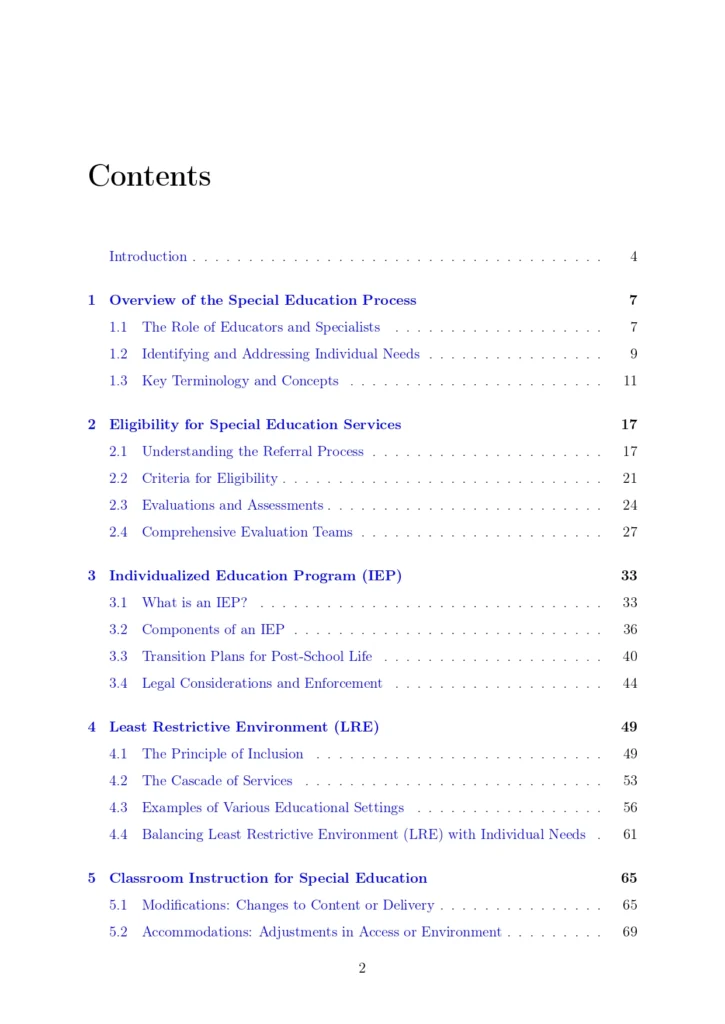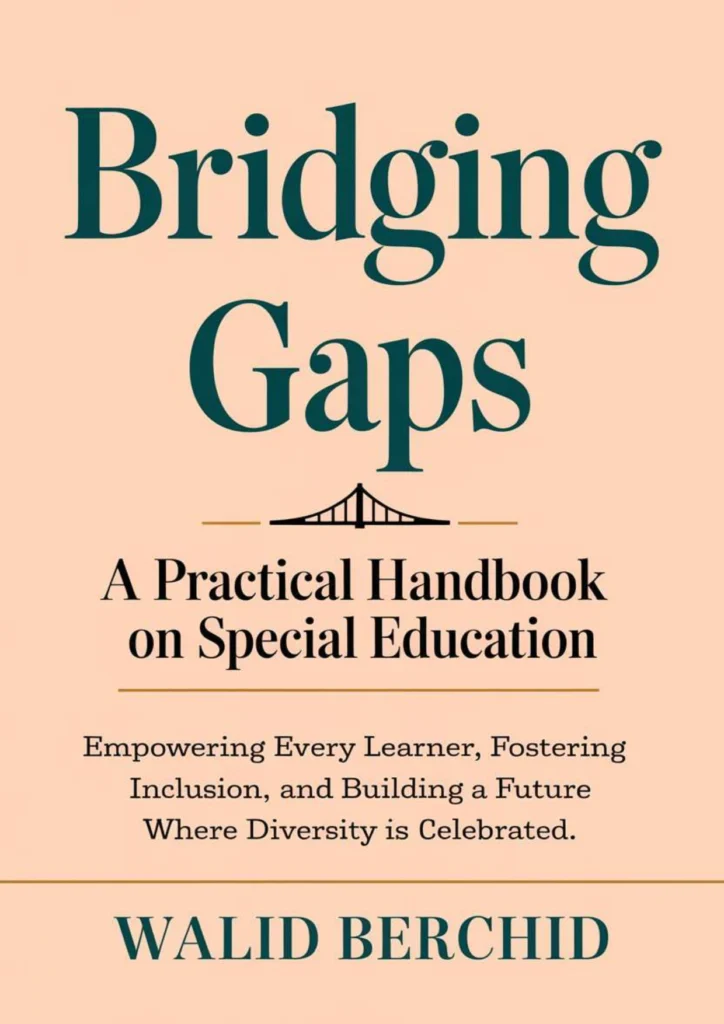
Educators need resources that provide practical strategies for inclusive teaching, which is why the ‘Special Education Handbook: Bridging Gaps’ is a must-have. Moreover, this guide equips teachers with the tools they need to create equitable classrooms and ensure all students succeed.
Special education is more than just meeting legal requirements; it’s about fostering empathy, building inclusion, and supporting every child’s potential. Therefore, this handbook simplifies complex processes, like developing IEPs and navigating IDEA guidelines, while offering actionable advice for teachers.
What the Special Education Handbook Covers

1. Understanding Special Education Basics
First, the handbook dives into the foundations of special education, including how to identify and address individual needs, create inclusive environments, and collaborate with families. For example, it explains how to work within the IDEA framework to provide a free and appropriate education for all students.
2. IEPs and SMART Goals
Individualized Education Programs (IEPs) are a cornerstone of special education. This handbook helps you create impactful IEPs using the SMART framework (Specific, Measurable, Achievable, Relevant, Time-bound). As a result, you’ll be better equipped to set meaningful goals tailored to each student’s strengths and challenges.
3. Inclusion Strategies
Creating inclusive classrooms can be challenging. However, the handbook provides proven strategies for balancing inclusion with individual needs, ensuring every student feels a sense of belonging. For instance, it highlights ways to incorporate flexible grouping and differentiated instruction.
4. Classroom Adaptations
To ensure all students thrive, the handbook suggests practical adaptations. These include assistive technology, multisensory teaching approaches, and behavior support plans. Additionally, the handbook emphasizes how these tools can make your classroom more accessible and engaging.
Using the Special Education Handbook for IEP Success
Creating effective IEPs can feel overwhelming. However, the Special Education Handbook makes the process more manageable. By providing step-by-step guidance, examples, and tools, the handbook helps teachers:
- Write clear and achievable goals.
- Monitor student progress effectively.
- Collaborate with families and specialists.
Furthermore, it encourages teachers to prioritize collaboration, ensuring that every stakeholder is involved in supporting the student’s success.
Practical Strategies from the Special Education Handbook
The handbook also highlights teaching strategies to support diverse learners:
- Differentiated Instruction: Tailor your teaching to accommodate different learning styles and abilities.
- Multisensory Approaches: Engage students using visual, auditory, and hands-on activities.
- Behavioral Interventions: Develop proactive plans for managing classroom behavior while fostering a positive environment.
Additionally, these strategies are designed to be practical and easy to implement, making your teaching more effective and enjoyable.
Why You Need This Handbook

The Special Education Handbook bridges the gap between theory and practice. Moreover, it’s perfect for:
- New teachers seeking guidance on special education.
- Experienced educators looking for fresh strategies.
- Administrators aiming to support inclusive practices.
By focusing on real-world solutions, the handbook empowers educators to make a lasting impact.
Explore More Guides
If you’re interested in additional resources, explore the Guide section on our website. For example, you’ll find tools and strategies to enhance your teaching practice, including professional development and classroom tips.
Wrapping Up
Special education can transform lives, and having the right resources makes all the difference. Therefore, the Special Education Handbook provides educators with the knowledge and tools needed to create inclusive classrooms where every student thrives.



Leave a Comment